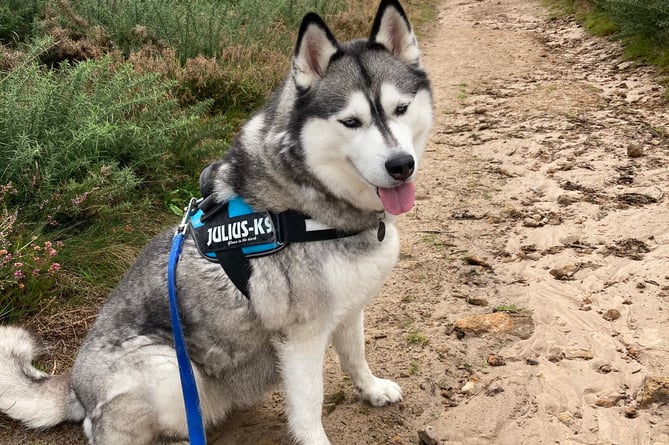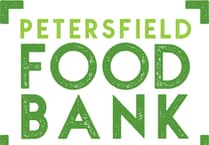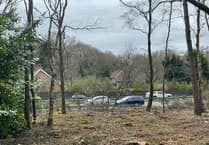Our heaths are blessed with a beautiful network of temporal ponds, puddles, and pools that provide excellent homes for our native amphibians and reptiles.
Woolmer forest is unique in being the only site home to 12 out of 13 of our native UK amphibian and reptile species, and the last original inland heathland population of the extremely rare Natterjack toad.
But the idyllic charm of these water bodies can be susceptible to disturbance from our four-legged friends.
Below are a few examples of ways dogs can impact our local pondlife and ways you can help Take The Lead and enjoy the countryside responsible with your four-legged companions.
Toxic dog dips
Did you know chemicals used in tick and flea treatments can leech off our dogs into the waterways and cause serious harm to pond-dwelling species?
Studies in the New Forest have shown areas that feature frequent dog dips can have twice the accepted level for these harmful chemicals. Once in the water, it can have detrimental effects on insects such as dragonfly and mayfly, which in turn harms bat and bird numbers.
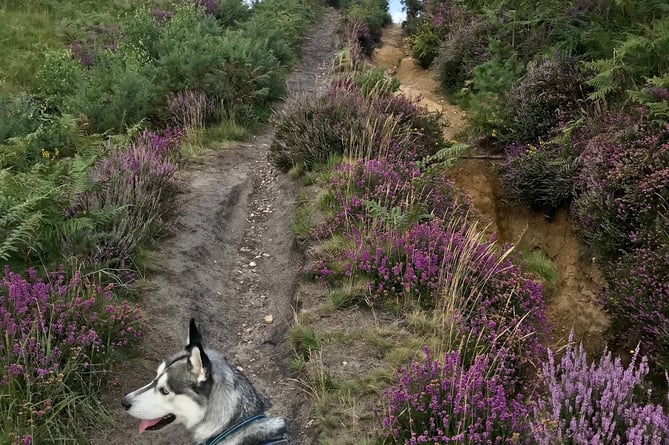
Poo problem
If not picked up, dog faeces can be washed into rivers and streams during rainfall or enter water bodies directly. This introduces harmful bacteria and pathogens into the water, posing risks to both human health and aquatic life. In fact, dog waste is a significant contributor to increased levels of bacteria such as E coli.
Dog waste can contribute to increased water nutrient levels, which can result in blooms of blue-green algae. This toxic biofilm sites in the water and is deadly to people and animals alike.
Symptoms to look out for if your dog has been exposed to toxic algae include: vomiting, diarrhoea, drooling, disorientation, trouble breathing, seizures, and blood in faeces. To avoid this, always pick up after your dog and dispose of waste in any public waste bin.
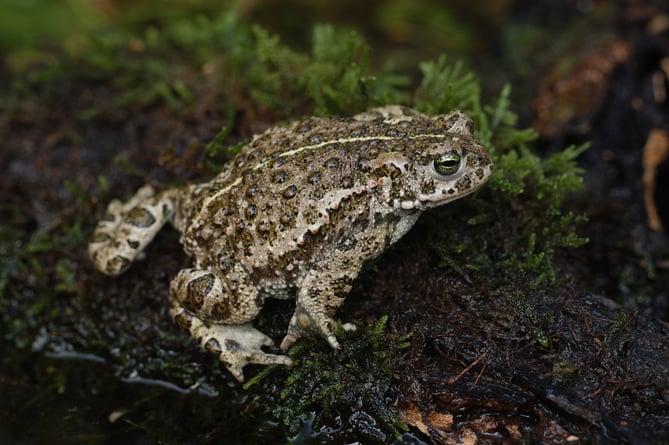
Think toads
Dogs can disrupt the delicate balance of ecosystems along waterways. Frogs tend to spawn between January and March, With toads and newts laying later in Spring. Natterjack toads, a particularly rare species found on Woolmer lay their eggs in warm shallow waters and are therefore extremely vulnerable to disturbance by dogs this time of year.
Soil erosion
Frequent access by dogs to waterways can contribute to soil erosion and habitat degradation along the banks. Running and playing dogs can trample vegetation, destabilise soil, and create pathways that increase the risk of erosion.
This not only alters the physical structure of the habitat but also affects the quality of the water itself. Eroded soil can contain pollutants such as fertilizers and pesticides, which are then washed into the water, further compromising water quality and aquatic habitats.
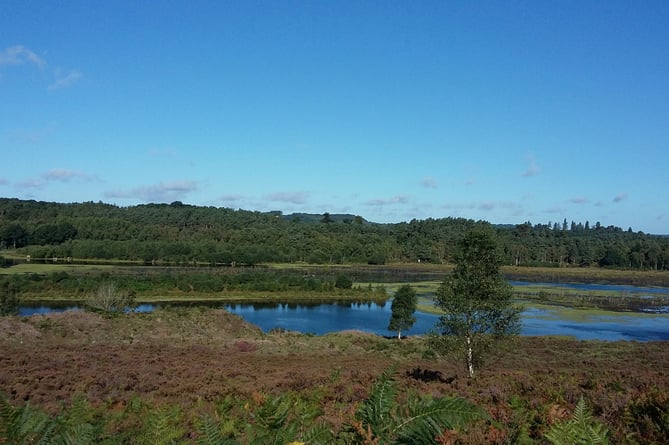
Top tips on how you can Take the Lead:
1) Follow site signage and stick to the paths.
2) Use designated dog-friendly areas for swimming and exercise.
3) Avoid areas where wildlife may be particularly vulnerable.
